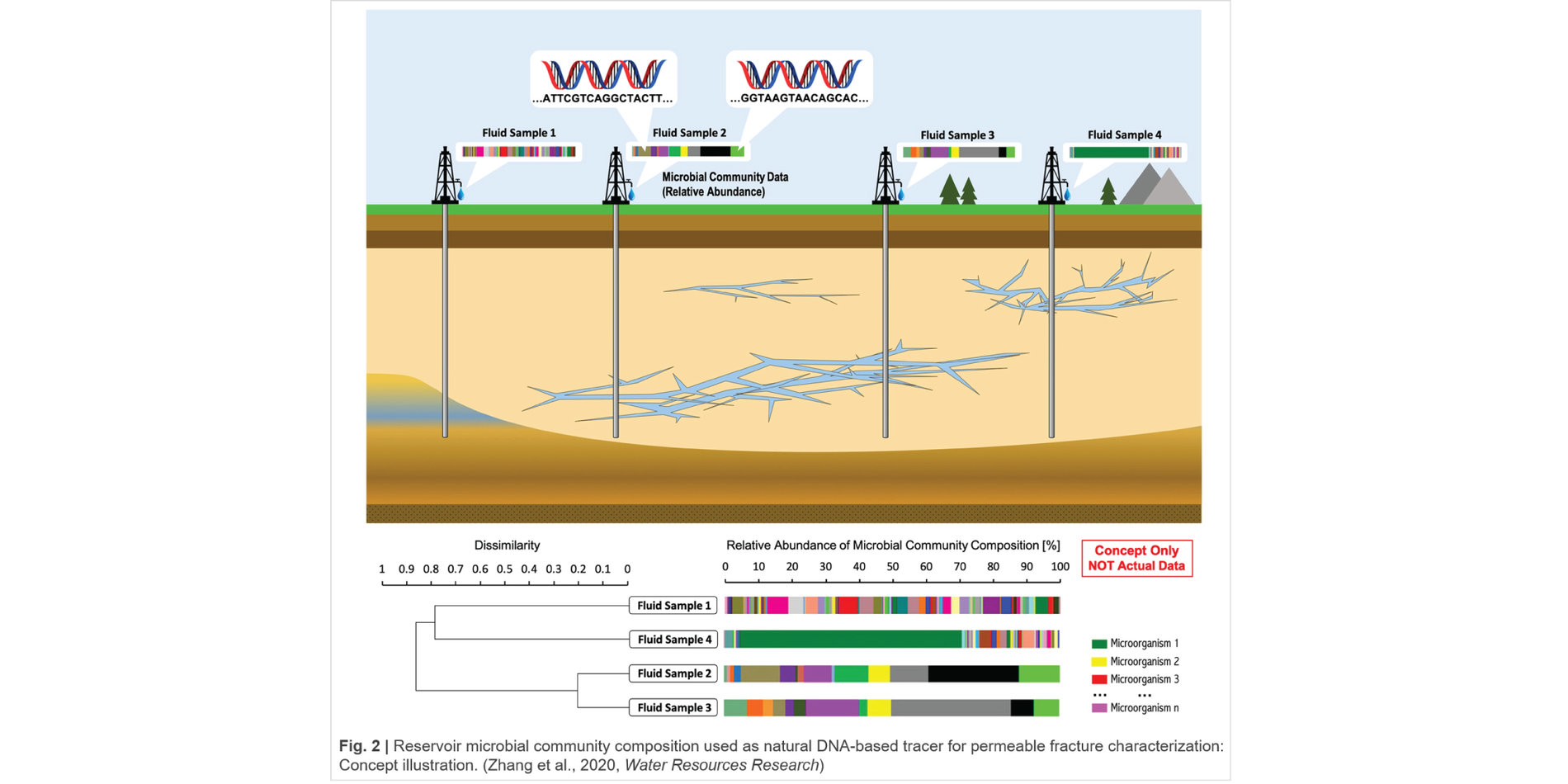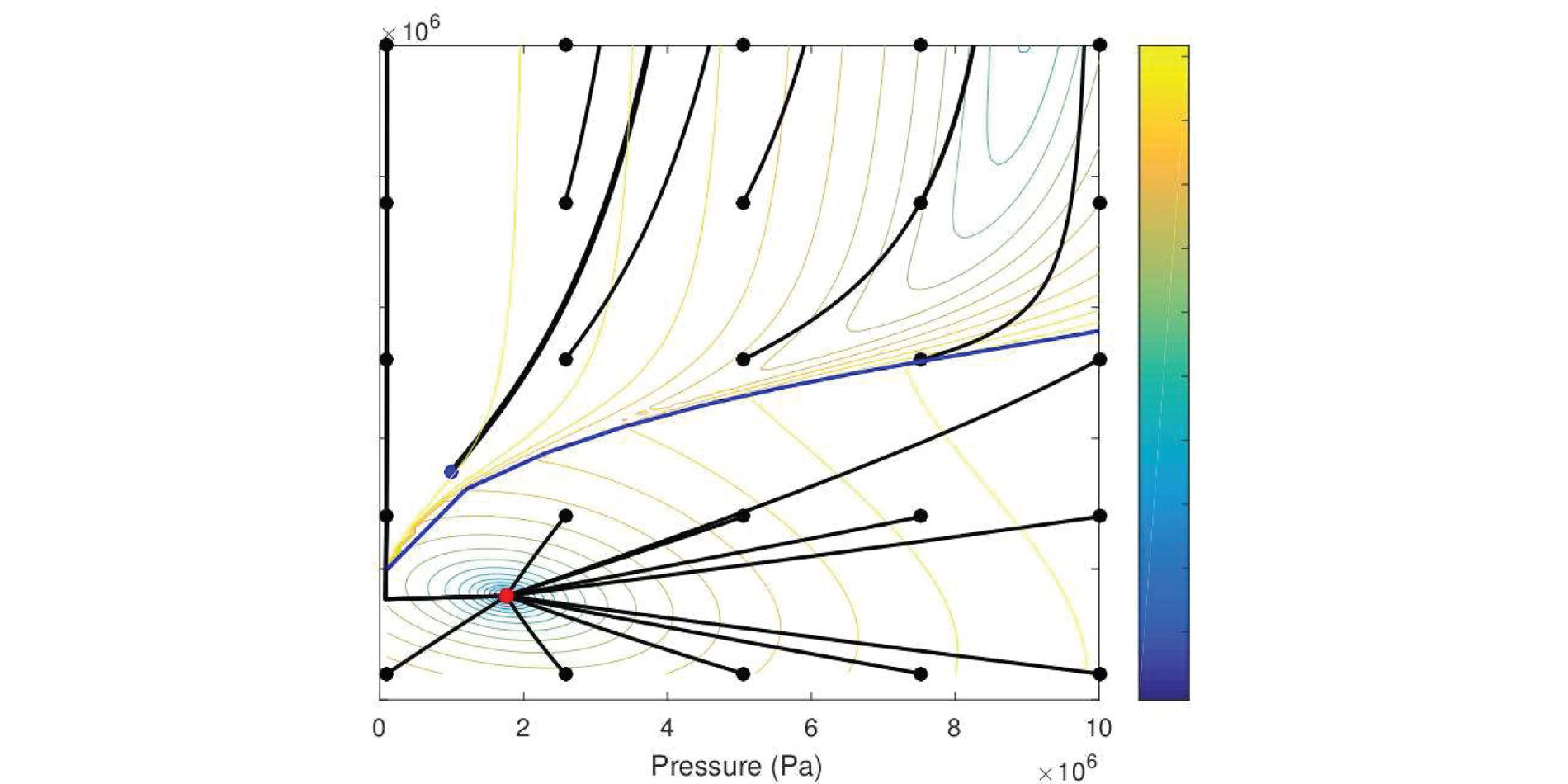Research

Stanford Thermal Model (STM) Developed Using Physics-Informed Graph Neural Networks (2023-2024)
This study presents a data-driven spatial interpolation algorithm based on physics-informed graph neural networks to develop temperature-at-depth maps for the conterminous United States. The model was trained to approximately satisfy the three-dimensional heat conduction law by simultaneously predicting subsurface temperature, thermal conductivity, and surface heat flow. In addition to bottomhole temperature measurements, we incorporated other physical quantities as model inputs, such as depth, geographic coordinates, elevation, sediment thickness, magnetic anomaly, gravity anomaly, gamma-ray flux of radioactive elements, seismicity, and electric conductivity. Our model showed superior mean absolute error of nearly 5°C.

Impact of Anisotropy on the Thermal Performance of Enhanced Geothermal Systems (2017-2021)
Accurate prediction of the thermal performance of Enhanced Geothermal Systems (EGS) depends on an understanding of how the heat transport is affected by the presence of the fracture(s) – the primary flow conduit of EGS. These fractures may have aperture variability that could create channels and alter flow paths, affecting the availability of surface area for heat transfer.
This study aimed to understand the fracture topology, investigate how it can impact flow and heat transport, and demonstrate ways Enhanced Geothermal Systems can be harnessed to optimize thermal performance.

Reservoir Characterization and Prediction Modeling Using Statistical Techniques (2017-2021)
Reservoir characterization and prediction modeling have long been among the more challenging tasks in geothermal reservoir engineering. The main reason is the presence of fractures and faults, which control the mass and heat transport in the subsurface. Nowadays, with a substantial increase in data due to advances in computer power and measuring equipment, the oil and gas as well as the geothermal industries are presented with some of today’s most complex data science problems.

Towards a Better Understanding of the Impact of Fracture Roughness on Permeability-Stress Relationships using First Principles (2011-2017)
Accurate modeling of fracture flow behavior is important for tight reservoirs, such as shale gas and geothermal systems, where faults and fractures are the main conduits for flow. In enhanced geothermal systems (EGS), hydraulic fracturing is used to increase permeability by creating new fractures or inducing slip on preexisting fractures (McClure and Horne, 2011). If appropriate investments in research and development are made, EGS has a potential of having up to 100 GWe of generating capacity in the next 50 years (Tester et al., 2006).

Fracture Characterization in Enhanced Geothermal Systems by Wellbore and Reservoir Analysis (2009-2012)
In summary, this project will develop systematic techniques and tools to characterize the entire fracture network in Enhanced Geothermal Systems, both in the wellbore and in the reservoir. A complete characterization of fractures in the region both near the wellbore and in the interwell reservoir regions is central to maximizing the efficiency of energy extraction from Enhanced Geothermal Systems. By allowing for the optimal design of the recovery process, the results of this research will permit the energy extraction from a given area of enhanced fractures to be maximized. Given the significant cost of producing an enhanced fracture system in the field, the improvement of energy recovery is a key to making this energy source viable economically.










